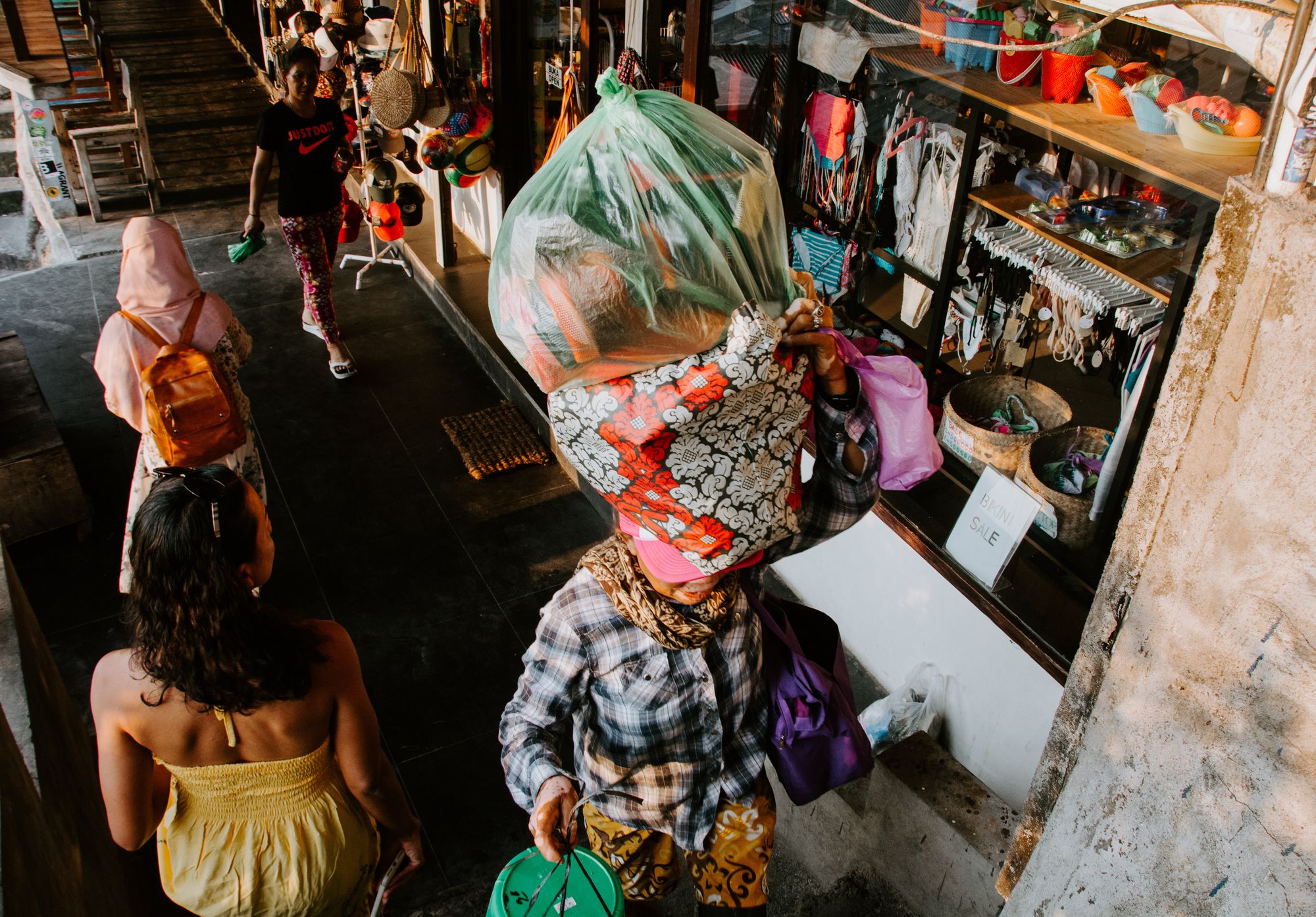Unit 15 - Problems & Exercises
Trade Liberalization for Textiles & Agriculture, Food Security & Climate Change

In law school, we stress the concept of asking the right question rather than a particular answer as the most important part of the analytical exercise. With that in mind, I would first ask you to revisit the Bangkok Mango Problem that we shall have now looked at twice already, once each in the front and middle of the course. We focused initially in Unit 1 on what kinds of questions you would ask just given the fact pattern, then you were called upon to analyze it more under technical WTO provisions in Unit 9.
Recognize now that the Bangkok Mango Problem is about trade in agricultural goods, and that we just looked closely at agricultural trade liberalization, but must see how many other issues are hovering in the background. How would you analyze the Bangkok Mango Problem in agricultural trade liberalization terms or otherwise, or is political favoritism and regionalism not a concern to the extent the US for political reasons might prefer to prioritize the importation of Central American mangoes? Two arguable aspects would be in general foreign policy terms to encourage legitimate business beyond the drug economy south of the border, an anti-narcotics concern, and to avoid or at least minimize migration northward, an immigration concern. What is the real rationale for the US following trading system rules, when providing differing access to different countries? What is the true purpose of trade when considering an instance where no US workers’ jobs would be at stake anyway? Are not only Thai versus Central American farmers’ interests at stake here?
Separately, Thailand has made a name for itself in the development world by specializing in upscale and organic (tropical) agricultural products. It is one of the largest exporters of high-quality rice in the world (jasmine rice), although most Thai rice seemingly goes to Asian countries and the Middle East. Thailand is the supplier of choice for most Asian countries when they periodically need rice, with its only real regional competitor being perhaps Vietnam (think BMW versus Volkswagen). Meanwhile, Vietnam does not seem to have embraced broader agricultural trade. You can buy “Bangkok durian” all over Asia, and equally Thai organic products regionwide in upscale supermarkets, but I am yet to see many Vietnamese agricultural products other than rice outside the country. It is fair to say that Thailand is succeeding on a large scale in the agricultural trade sector, for which at least one of this unit’s readings stressed the extent to which unilateral or voluntary agricultural trade liberalization, in conjunction perhaps with preferential (FTA) trade, has been more important than negotiated multilateral (WTO) trade arrangements since 2004 (and if the trading world were to move generally in the FTA or regional trade direction, things could go quite well). What is the message here?
Why does agricultural trade liberalization seem so hard? Was this an argument for benign neglect of agricultural trade liberalization in the multilateral Doha Round, that agricultural trade seems to be increasing unilaterally without much movement on agricultural trade liberalization in the multilateral (GATT/WTO) setting? Why or why not? Or is it rather evidence that perceived self-interest as documented by unilateral tariff reductions is the real motivating factor in trade setting, so that economic diplomacy in terms of convincing a country that something is in its own best interests is the most effective way to approach trade liberalization?
Is the real attraction of the FTA approach to trade that in bilateral or small scale negotiations, it is simpler to recognize or articulate all parties’ self-interest to bring along differing countries? The problem is that if you read a lot of trade negotiation documentation, the multilateral approach seems more abstract, meanwhile there is more a sense of cooperation and enlightened self-interest in a bilateral or something like a smaller FTA trade negotiation. Is this more a lesson about the agricultural sector, or more about the advantages of pursuing trade liberalization via FTAs, perhaps reflecting some pressures that led eventually to the Doha Development Round's unsuccessful conclusion?